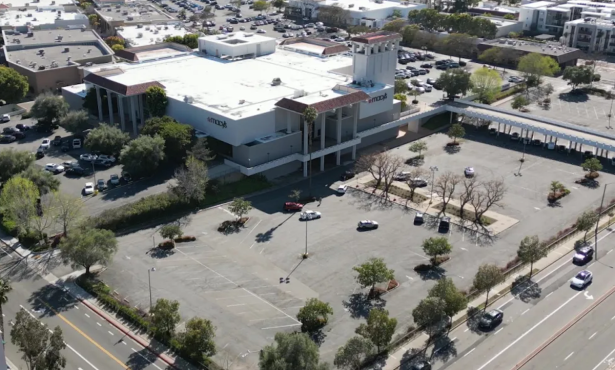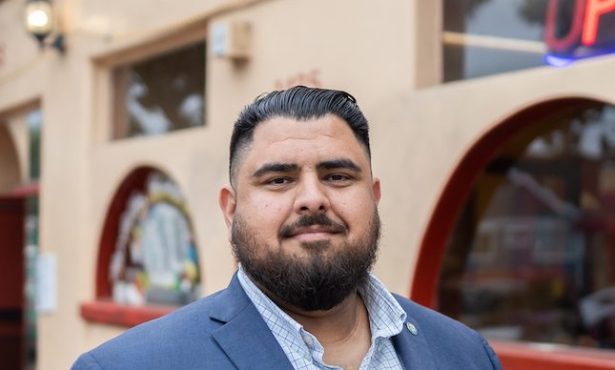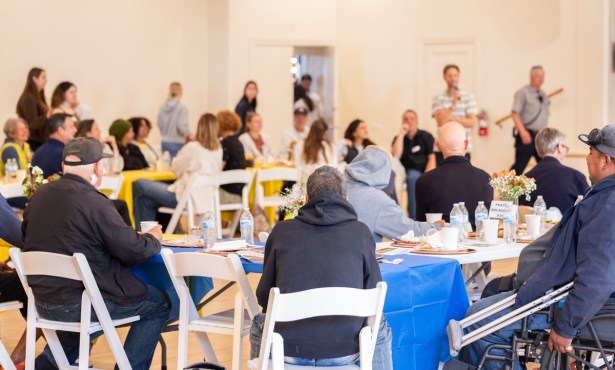Please, Don’t Conflate the Dog
GOIN’ TO BROWNSVILLE: Now when I hear the word “village,” I reach for my gun. And few things get my trigger finger twitching so fast as the word “sustainability.” The words themselves are not so bad; the people who use them, however, should be presumed dangerous. “Village” first became the victim of gross overuse back when the mantra “it takes a village to raise a child” was fashionable. Later, developers and their PR agents glommed onto the term as a rhetorical brain softener designed to deflect outrage aimed at their overreaching plans. One could gauge the size of a given project based on the frequency and volume with which the term “village” was deployed. While “sustainability” lacks a comparable track record, it’s making up for lost time with a vengeance and is wagged about by every poseur and pretender trying to appear green. Combining these two terms makes for some powerful bad medicine, and the prize for doing so goes to a developer named Randy Wheeler.
While I have yet to meet Wheeler myself, he is said to be shrewd, smart, and irresistibly likeable. In his hands, however, the English language is a semi-automatic weapon. When Wheeler opens his mouth, everyone should run for cover. Wheeler just recently submitted an application to the County of Santa Barbara for the single biggest development ever proposed here in the past 12,000 years. He isn’t talking about building just a new subdivision or shopping center. Instead, Wheeler is talking about building a brand new city-bigger than Solvang and Buellton combined-and plopping it down in the middle of 4,000 acres of cow pasture and active oil fields somewhere between Orcutt and Los Alamos.
In a textbook case of leapfrog development and urban sprawl, Wheeler is proposing to build 7,500 new homes and two million square feet of commercial space in the middle of nowhere. Given how radical this proposal is, Wheeler will need a whole lot of K-Y jelly to sell it. In his application to rezone 4,000 acres of admittedly less than prime agricultural land, Wheeler has claimed his proposal “is being designed using the concepts of health, wellness, and sustainability.” Later, he describes the violence he’d like to inflict upon the unsuspecting hillside as “a new master-planned sustainable community of several villages with a focus on health and wellness.” There will be schools, parks, hospitals. High-end homes for the rich, apartments for the poor, and workforce housing for the in-between. People who live in North Hills-or Las Graciosas as it may be called-won’t need their cars because they’ll be able to walk to work. And better yet, Wheeler is promising to build all the affordable housing in this one project that the state is requiring from the whole county. And because the project will be in the middle of nowhere, no neighbors will be on hand to object “Not in my backyard.”
In his effort to get us to drop our trousers as well as our guard, Wheeler has already hired some mighty big guns. Most notably, he’s enlisted the hypnotic powers of Peter Calthorpe, a heavyweight in the world of urban planning. Calthorpe, a New Urbanist, was recently listed as one of the 25 most influential thinkers by Newsweek magazine, and when he starts blowing smoke, we’ll all want to inhale.
Perhaps Wheeler’s biggest supporter is Mike Brown, the omnipotent ¼ber-boss now running county government. Brown is hoping Wheeler’s project will keep the county’s coffers tinkling with new revenues generated from new property taxes and new retail sales taxes. While zoning for dollars is an affliction common to all California municipalities, county governments are neither equipped nor designed to provide the range of urban services and amenities to which a new city of 25,000 people would quickly feel entitled. If such a development were ever created, it’s only a matter of time before its inhabitants get fed up and declare themselves a brand new city. In so doing, they will seize control of the revenue streams that now have Brown so eagerly salivating. And for all the short-term money such a development might generate, there are some huge long-term costs. The road improvements would cost untold millions, let alone sewage, water, and law enforcement. Then there’s the issue of sprawl.
The county’s urban limit lines have been shifted only twice in the past 25 years, even when solid pro-growth majorities ruled the roost. This new community-Brownsville it should be called, in honor of Mike Brown’s support-would be a drastic departure from that tradition. In Santa Barbara, it’s been understood that new development should be located where the existing infrastructure already exists, and that ag lands and open space should be protected to the maximum extent feasible. Wheeler’s new urban outpost of Tuscan villages would generate irresistible development pressure on every square inch of land between his new town and the existing urban boundaries. That’s what “leapfrog” development does.
The idea that people could work where they live is certainly appealing, but thus far this promise-made by countless developers-has remained all smoke and no fire. As grand as it sounds, it’s utterly unenforceable. As a matter of raw political expedience, I can see how the county supervisors might like a development that met the state’s affordable housing requirement-in one fell swoop-where none of those unruly NIMBY types are around to complain.
But don’t you think it makes more sense to put the affordable housing closer to where the people doing all those low-paying service jobs actually work? Otherwise, they’re going to be choking the roads on their daily trek between dreamland and reality. Take my word for it; we’ll all be eating exhaust for breakfast. As to the promise of affordable housing, seeing is believing. Wheeler, by all reckonings a decent guy, in previous mega developments has promised much in the way of affordable housing. But in one instance involving the Rice Ranch housing development, those promises were watered down after Wheeler sold his interest. I’ve been told the new owner of Rice Ranch is now proposing to pay into an in-lieu housing fee rather than build the affordable units Wheeler had promised. For those following the game, such fees are notoriously ineffective at producing anything but phantom housing. They just collect money. At the end of the day, that, of course, is what this is all about. But who wants to hear that when “sustainable” and “village” sound much nicer?



